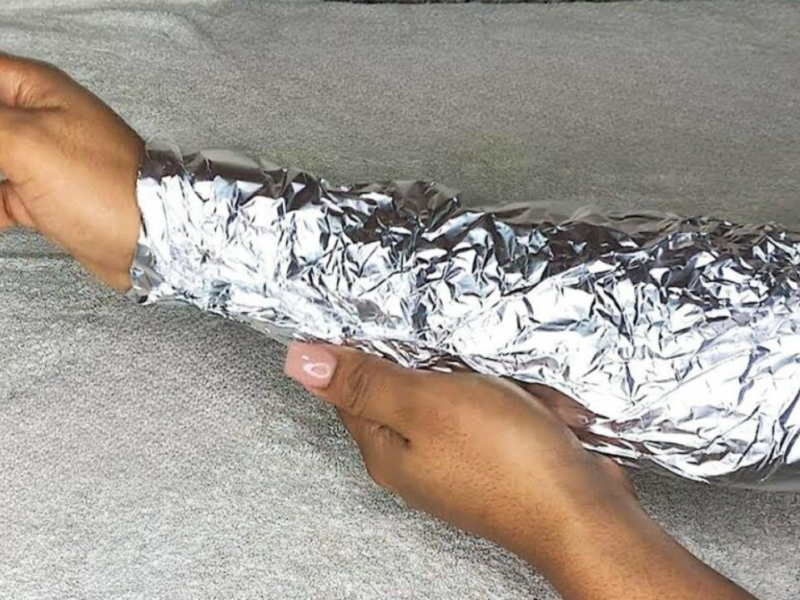Low back discomfort, often known as lumbago, hexen schuss, or witch stab, affects millions of people today.
Our spine’s 33 bones—12 thoracic, 7 cervical, 5 sacral, 5 lumbar, and 4 coccyx—are connected to the majority of the body’s nerves, muscles, ligaments, and blood arteries, holding it all together.
The spinal cord, which travels through the spine canal, and the nerve roots in the legs and arms support the body’s upright position.
The spine serves many purposes, making it vulnerable to damage from the load’s constant mechanical activity (strain, bending, pressure, shear, and twisting).
The separate spinal segments provide different ranges of motion, enabling the high neck mobility and the low breast movement. Sometimes, the changeover from one section of the spine to another results in degenerative changes, which are very painful.
People with physically demanding or prolonged employment, people with osteoporosis, people with congenital spine defects or spine injuries, and older males going through the degenerative process are the ones most likely to experience low back discomfort.
Numerous studies have demonstrated the significant advantages of using the herb comfrey for patients with low back pain problems. It grows in marshy fields, meadows, and ditches close to the water and has hairy leaves and a large, beet-like root.
Find out more about: Medical Dry Fruit Jam For Easier Emptying Of The Bowels
Since ancient times, comfrey has been traditionally utilized. It relieves knee joint dislocation and osteoarthritis pain when applied as a gel.
These assertions were supported by the results of a study done at the German Sports University involving 120 participants who had upper and lower back discomfort.
Participants with back discomfort were given an ointment containing comfrey root extract for five days, and they all indicated that the amount of pain they were experiencing had significantly decreased.
Avoid using it as supplements and capsules because it can harm the liver.
Moreover, if you get back pain, be sure to stay active all the time. Try stretching exercises like the one that follows, which offers prompt relief:
Hamstring Stretch in Supine
Lay on your back with your right knee bent toward your chest and a strap or towel rolled up over the ball of your foot. Press out through both heels after raising the leg straight up toward the ceiling.
If your lower back is feeling tight, bend your left knee and place your left foot on the ground.
Repeat with the left leg after holding this position for three to five minutes. To reap the benefits of this exercise, perform it repeatedly each day.



